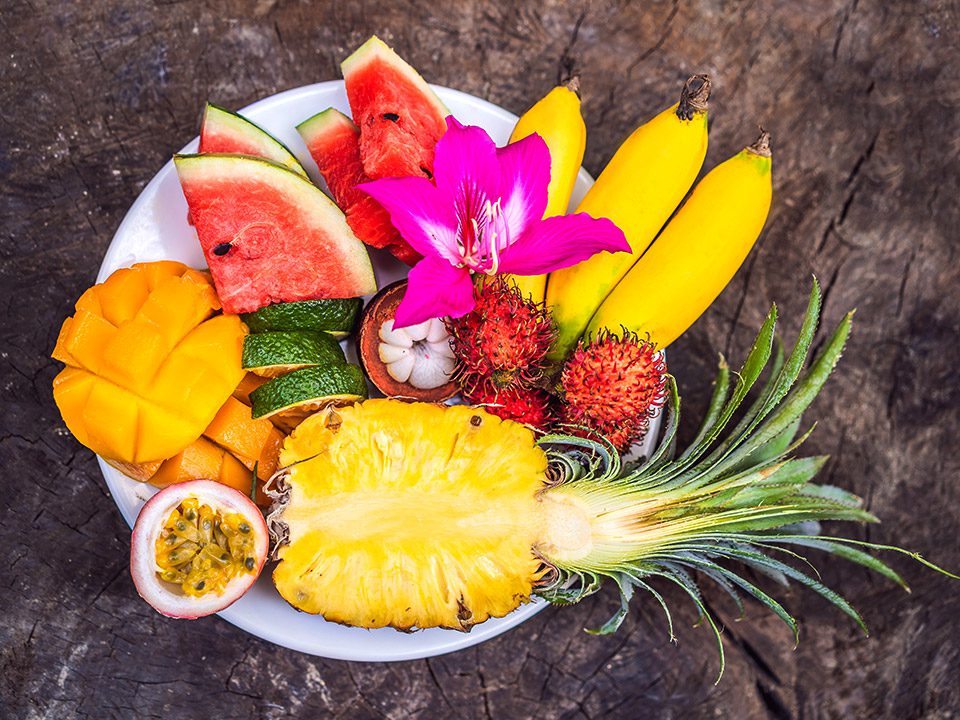Following a gluten-free vegan diet can be challenging, but with the right knowledge and food choices, it can be a delicious and healthy way of eating. A gluten-free vegan diet eliminates all animal products and gluten-containing foods, making it suitable for those with celiac disease, gluten intolerance, or those who choose to follow a plant-based lifestyle. In this blog post, we will explore the best foods for a gluten-free vegan diet and provide tips on how to incorporate them into your meals.
What is a Gluten-Free Vegan Diet?
A gluten-free vegan diet is a way of eating that eliminates all animal products and gluten-containing foods. This means that all meat, dairy, eggs, and gluten-containing grains like wheat, barley, and rye are excluded. Instead, the focus is on whole, plant-based foods such as fruits, vegetables, legumes, nuts, and seeds. This diet is not only beneficial for those with celiac disease or gluten intolerance, but it also has numerous health benefits, including weight loss, improved digestion, and a reduced risk of chronic diseases.
The Best Foods for a Gluten-Free Vegan Diet
1. Fruits and Vegetables
Fruits and vegetables are the foundation of a gluten-free vegan diet. They are packed with essential vitamins, minerals, and fiber, making them a crucial part of a healthy diet. Some great options include leafy greens, berries, citrus fruits, and cruciferous vegetables like broccoli and cauliflower.
2. Whole Grains
While traditional grains like wheat, barley, and rye are off-limits on a gluten-free vegan diet, there are plenty of gluten-free whole grains to choose from. These include quinoa, brown rice, buckwheat, amaranth, and millet. These grains are not only nutritious but also versatile and they can be used in a variety of dishes.
3. Legumes
Legumes, such as beans, lentils, and chickpeas, are excellent sources of plant-based protein, fiber, and essential nutrients. They are also naturally gluten-free, making them a staple in a gluten-free vegan diet. Legumes can be used in soups, stews, salads, and even as a meat substitute in dishes like veggie burgers and tacos.
4. Nuts and Seeds
Nuts and seeds are not only delicious but also packed with healthy fats, protein, and essential nutrients. They are also naturally gluten-free and can be used in a variety of dishes, including salads, stir-fries, and baked goods. Some great options include almonds, walnuts, chia seeds, and flaxseeds.
5. Plant-Based Milk and Yogurt
For those who cannot consume dairy, there are plenty of plant-based milk and yogurt options available. These include almond milk, coconut milk, oat milk, and soy milk. They are not only delicious but also fortified with essential vitamins and minerals.
6. Healthy Fats
Healthy fats, such as avocado, olive oil, and coconut oil, are essential for a balanced gluten-free vegan diet. They provide energy, help absorb fat-soluble vitamins, and keep you feeling full and satisfied. These healthy fats can be used in cooking, dressings, and as a spread on toast or crackers.
Tips for Incorporating These Foods into Your Meals
1. Plan Ahead
Planning ahead is crucial for a successful gluten-free vegan diet. Take some time to research recipes and create a meal plan for the week. This will help you stay on track and ensure you have all the necessary ingredients on hand.
2. Experiment with New Foods
Don’t be afraid to try new foods and recipes. There are plenty of gluten-free and vegan options available, and you might discover some new favorites.
3. Use Spices and Herbs
Spices and herbs are a great way to add flavor to your meals without relying on gluten or animal products. Experiment with different combinations to find your favorite flavors.
4. Keep Snacks on Hand
Having healthy snacks on hand can help you stay on track with your gluten-free vegan diet. Some great options include fresh fruit, raw veggies with hummus, and homemade energy balls.
5. Read Labels Carefully
When purchasing packaged foods, always read the labels carefully to ensure they are gluten-free and vegan. Some products may contain hidden sources of gluten or animal products.
Conclusion
A gluten-free vegan diet can be a healthy and delicious way of eating. By incorporating a variety of fruits, vegetables, whole grains, legumes, nuts, and seeds into your meals, you can ensure you are getting all the essential nutrients your body needs. With some planning and creativity, you can enjoy a diverse and satisfying diet while reaping the numerous health benefits of a gluten-free vegan lifestyle.


